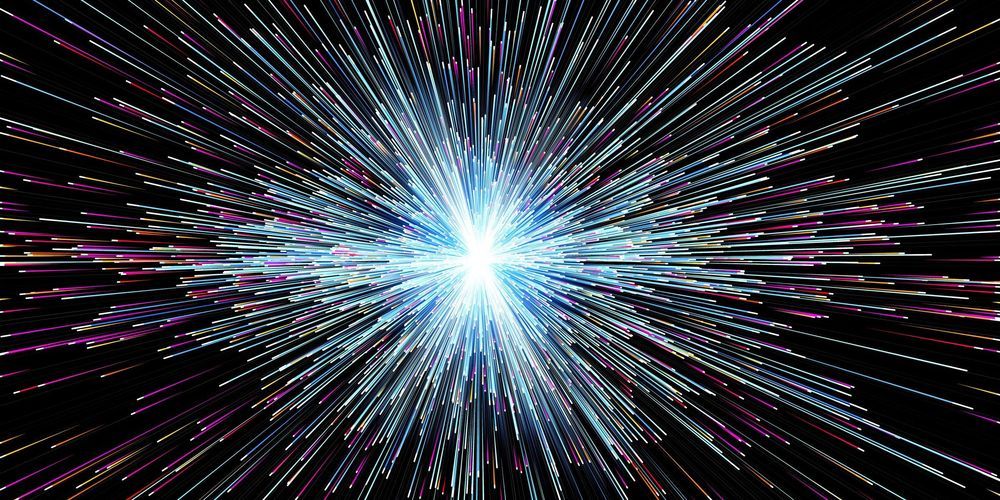Silke Weinfurtner is trying to build the universe from scratch. In a physics lab at the University of Nottingham—close to the Sherwood forest of legendary English outlaw Robin Hood—she and her colleagues will work with a huge superconducting coil magnet, 1 meter across. Inside, there’s a small pool of liquid, whose gentle ripples stand to mimic the matter fluctuations that gave rise to the structures we observe in the cosmos.
Weinfurtner isn’t an evil genius hell-bent on creating a world of her own to rule. She just wants to understand the origins of the one we already have.
The Big Bang is by far the most popular model of our universe’s beginnings, but even its fans disagree about how it happened. The theory depends on the existence of a hypothetical quantum field that stretched the universe ultra-rapidly and uniformly in all directions, expanding it by a huge factor in a fraction of a second: a process dubbed inflation. But that inflation or the field responsible for it—the inflaton—is impossible to prove directly. Which is why Weinfurtner wants to mimic it in a lab.









Comments are closed.